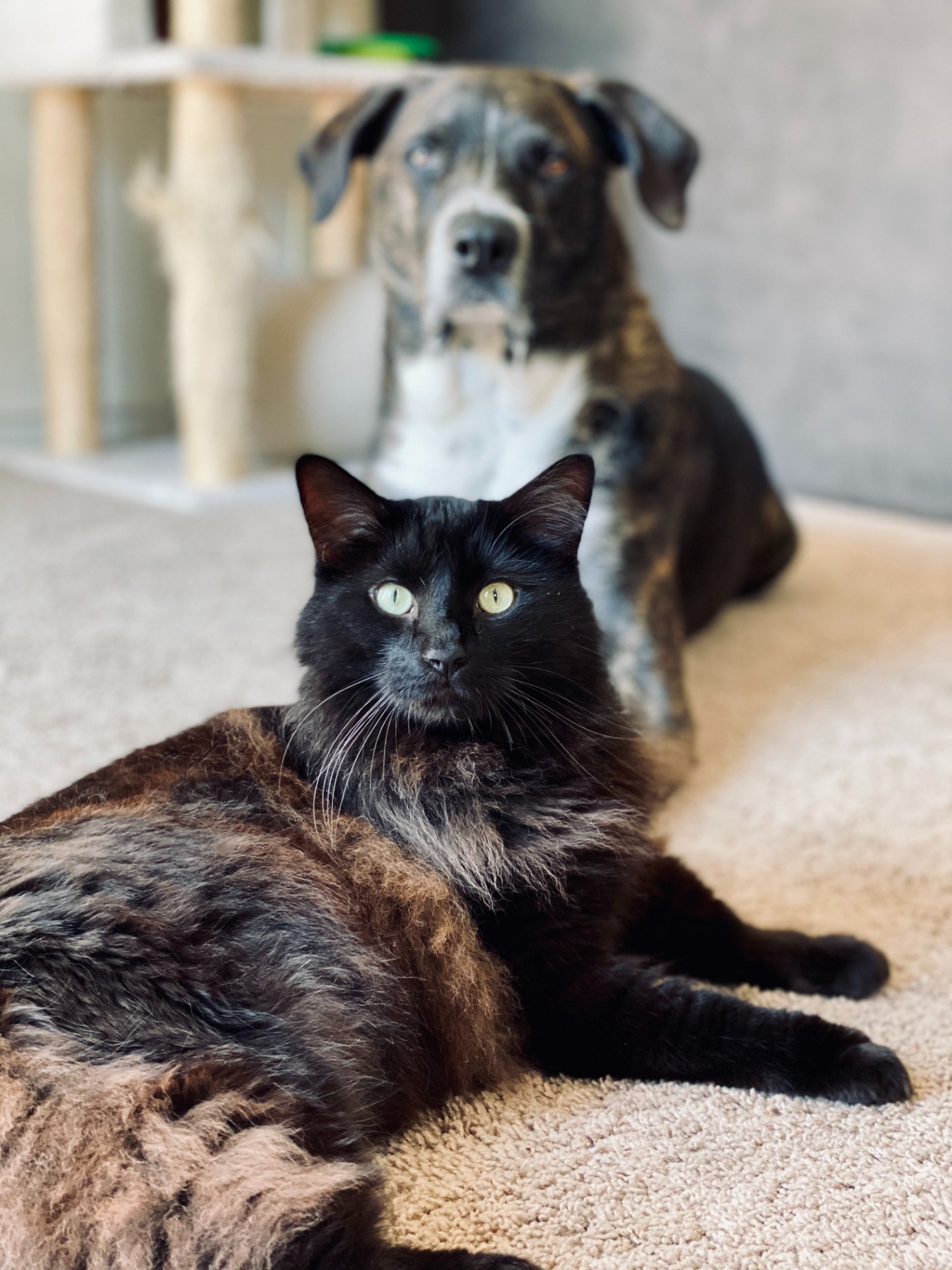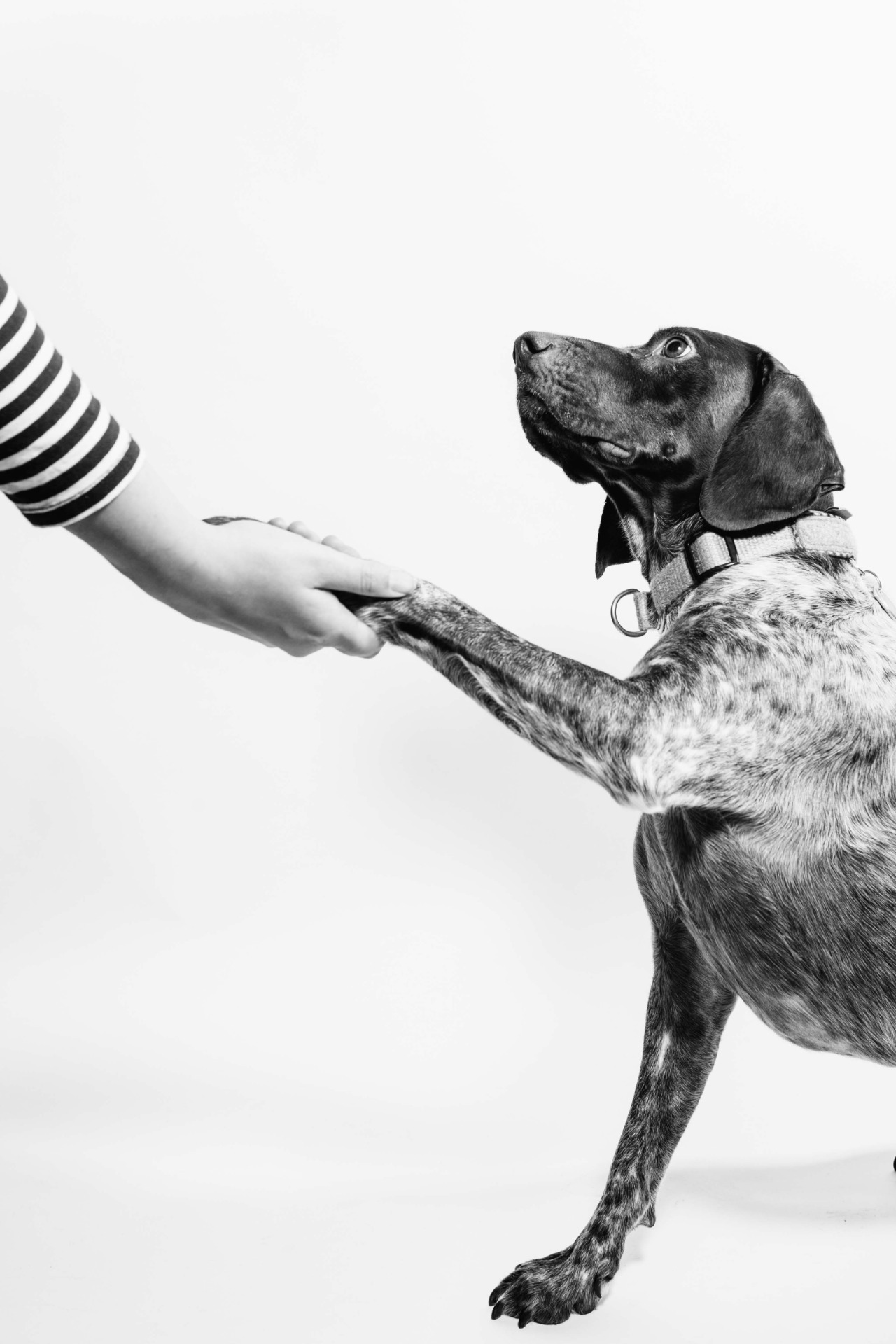Emotional intelligence

**The Hidden World of Emotional Intelligence in Dogs and Cats**
As pet owners, we are often fascinated by the behavior of our loyal companions, the dog and the cat. It seems as though they have a deep connection with us and can flawlessly sense our moods and emotions. This intuitive skill is called emotional intelligence, and it is not limited to human beings alone. Both dogs and cats possess a surprising level of emotional intelligence, and understanding this trait can strengthen our relationship with them and help us become better caregivers. In this blog, we will delve into the hidden world of emotional intelligence in dogs and cats.
**What is Emotional Intelligence?**
Emotional intelligence refers to the ability to recognize, understand, manage, and effectively respond to emotions. This applies not only to our own emotions but also to those of others. It involves empathy, reading body language, understanding moods, and adapting behavior based on emotional cues. Individuals with high emotional intelligence often excel in building successful relationships, managing stress, and resolving conflicts.
**Dogs and Their Emotional Intelligence**
Dogs are known for their unconditional loyalty and deep bond with their human family members. They can detect emotions and respond to subtle changes in our facial expressions, tones of voice, and body language. Research has shown that dogs are capable of perceiving joy, sadness, fear, and even jealousy. They tend to display empathy by providing comfort when we are sad and engaging in play when we are happy.
Dogs also have the unique ability to "mirror" emotions in humans. When we are stressed, dogs may notice our tension and possibly become restless themselves. This has led to dogs being trained as therapy animals to help people relax and provide emotional support.
**Cats and Their Emotional Intelligence**
Cats are often seen as independent beings, but they are also highly intuitive when it comes to emotions. Cats can pick up on more subtle signals of emotions and often respond in more subdued ways than dogs. For instance, they may sit beside their owners when they are feeling down or adjust their body language to calm their owners when they are stressed.
A remarkable feature of cats is their ability to detect when their owners are feeling unwell. They may stay close to sick individuals and offer companionship, which often has a soothing effect on the person in question.
**The Importance of Emotional Intelligence in the Human-Pet Relationship**
Emotional intelligence in both dogs and cats contributes to a stronger bond with their human companions. Understanding their ability to perceive and respond to emotions allows us to better care for them and meet their needs.
Here are some ways we can support their emotional intelligence:
1. **Body Language Awareness:** Pay attention to the subtle signals your pet gives through body language. Don't just focus on their eyes and ears, but also observe their posture and tail. This can help you better understand their emotions.
2. **Empathy and Understanding:** Show empathy and understanding towards your pet. Just as they sense your emotions, it's important to be receptive to their feelings and needs.
3. **Quality Time:** Spend regular quality time with your pet to strengthen your bond. Play, cuddle, and talk to them, making them feel loved and appreciated.
4. **Respect Their Boundaries:** Like humans, animals also need personal space. Respect their boundaries and don't force interactions if they are not comfortable.
**Conclusion**
Dogs and cats possess an extraordinary ability to perceive emotional cues and respond to the feelings of their human companions. Emotional intelligence plays an essential role in forming a deep and meaningful relationship between pets and their owners. By being aware of their emotional intelligence and responding to it, we can lead a happy, healthy, and harmonious life together. Our pets have so much more to offer than just their presence; they are emotional companions who understand and support us even without words.

